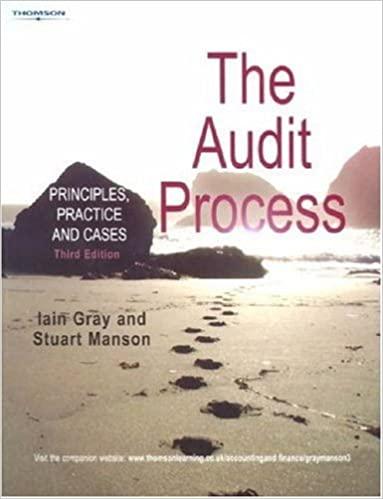Question
Finance 201 This is an individual assignment. If you work with another student and submit separate but almost identical (and incorrect) answers on one or
Finance 201
This is an individual assignment. If you work with another student and submit separate but almost identical (and incorrect) answers on one or more problems, I will consider this to be a case of plagiarism. To receive any credit, your assignment must be typed (or NEATLY written) and stapled together. To receive credit on the numerical questions, you must show supporting calculations.
Answer all 5 questions.
(0.5 Points) Suppose that the U.S. Treasury decides to finance its deficit with mostly long-term funds, departing from its previous policy of using short-term and intermediate-term funds. The Treasury will also use long-term funds to refinance maturing bonds issued in prior years. Briefly explain how this decision could impact the yield curve. You may use graphs or you may explain your answer in two or three sentences.
(1 Point) Investors had been expecting 2% inflation during the current year. Unfortunately, the actual inflation rate has turned out to be 4%, and investors now expect this higher rate to continue over the next few years. How will this change affect the following interest rates:
The nominal rate on previously issued (fixed interest rate) loans
The real interest rate on previously issued (fixed interest rate) loans
The real interest rate on new (fixed interest rate) loans issued today
The nominal interest rate on new (fixed interest rate) loans issued today
(1 Point) A $10,000 T-bill has a required return (stated as an EAR) of 3.7 percent and will mature in 77 days.
What is the current price of the T-bill?
What is the T-Bill Yield?
What is the T-Bill Discount?
(1 Point) A U.S Treasury Security (which is taxable) has a yield to maturity of 4.0%, while a Municipal (non-taxable) bond has a yield of 4.6%. The marginal tax rate is 35%.
What is the after-tax yield on each bond?
List two reasons why it is possible for a non-taxable Municipal bond to have a higher before-tax yield than a taxable Treasury Security.
(2.5 Points) On December 31, 2011 the liabilities of ABC Inc. included two bonds. Each bond has a face value of $1,000. Bond 1 has a 10% coupon and will mature on December 31, 2017. Bond 2 is a zero coupon bond that matures on December 31, 2016. The yield to maturity of each bond was 8% on December 31, 2011 and was 10% on December 31, 2012.
What was the price of each bond on December 31, 2011?
What was the duration of each bond on December 31, 2011?
What was the price of each bond on December 31, 2012?
What was the one-year return on each bond if the bond was purchased on December 31, 2011 (immediately after the coupon was paid) and was sold on December 31, 2012 (immediately after the coupon was received)?
Which bond was more sensitive to this interest rate change, and why?
Step by Step Solution
There are 3 Steps involved in it
Step: 1

Get Instant Access to Expert-Tailored Solutions
See step-by-step solutions with expert insights and AI powered tools for academic success
Step: 2

Step: 3

Ace Your Homework with AI
Get the answers you need in no time with our AI-driven, step-by-step assistance
Get Started


